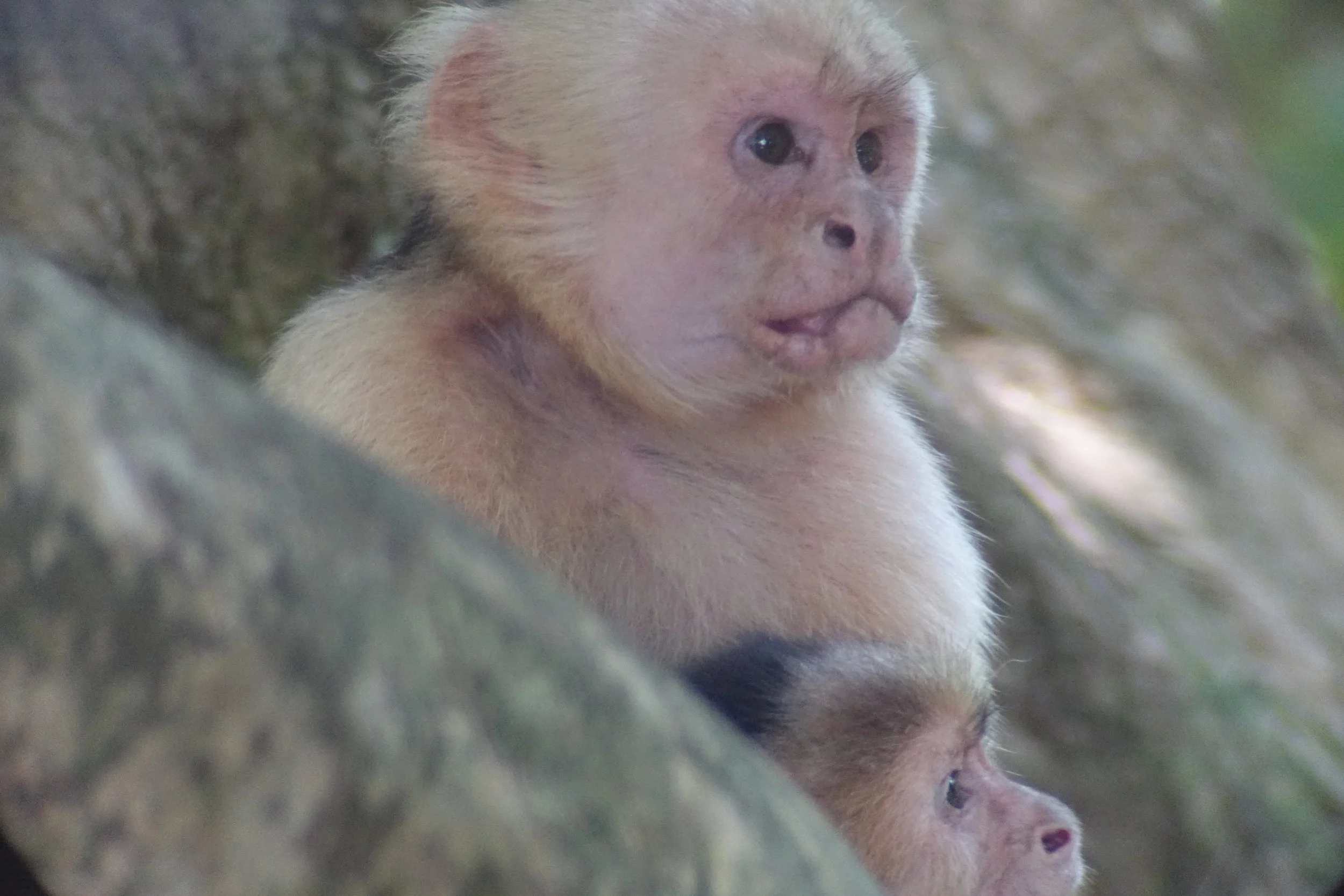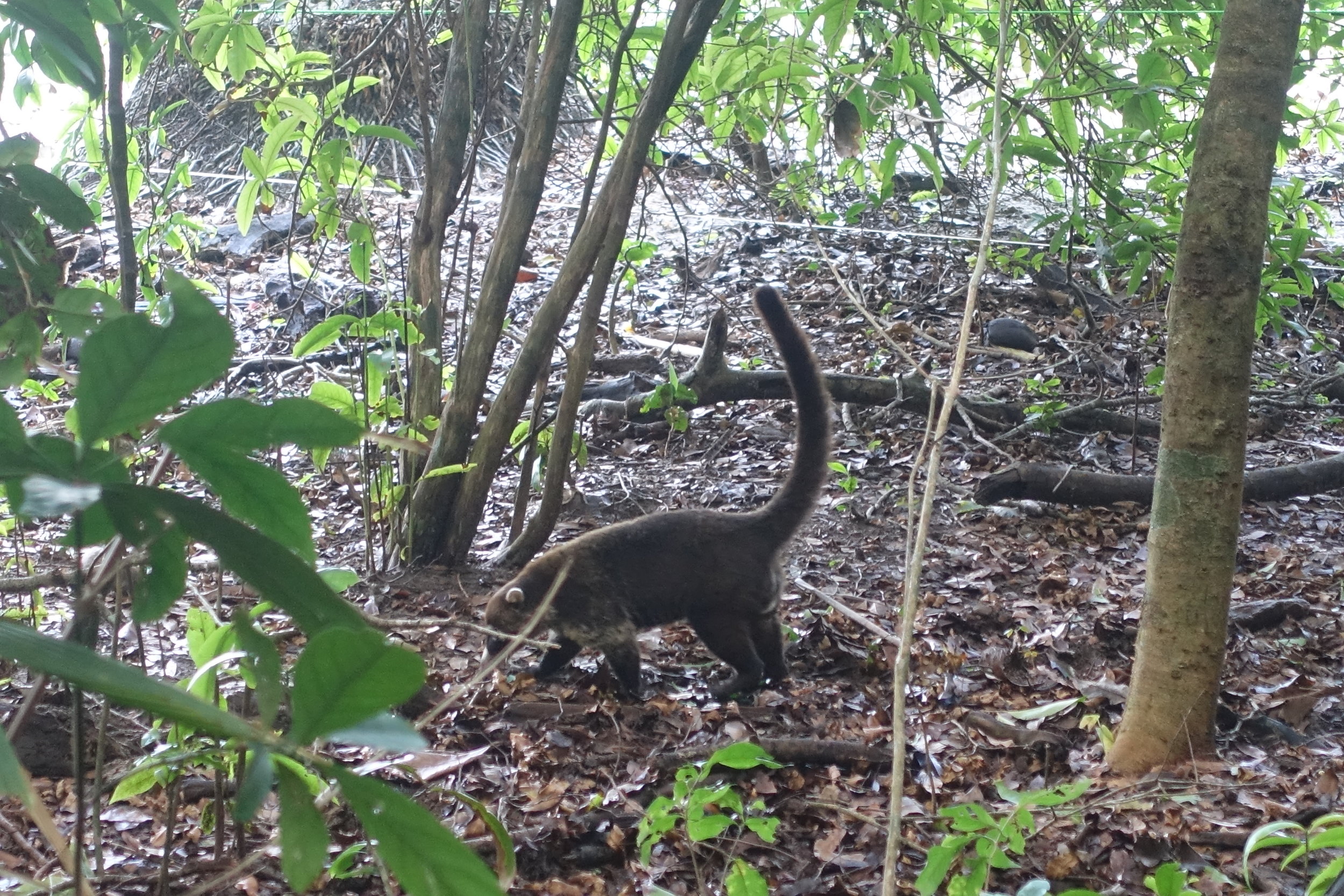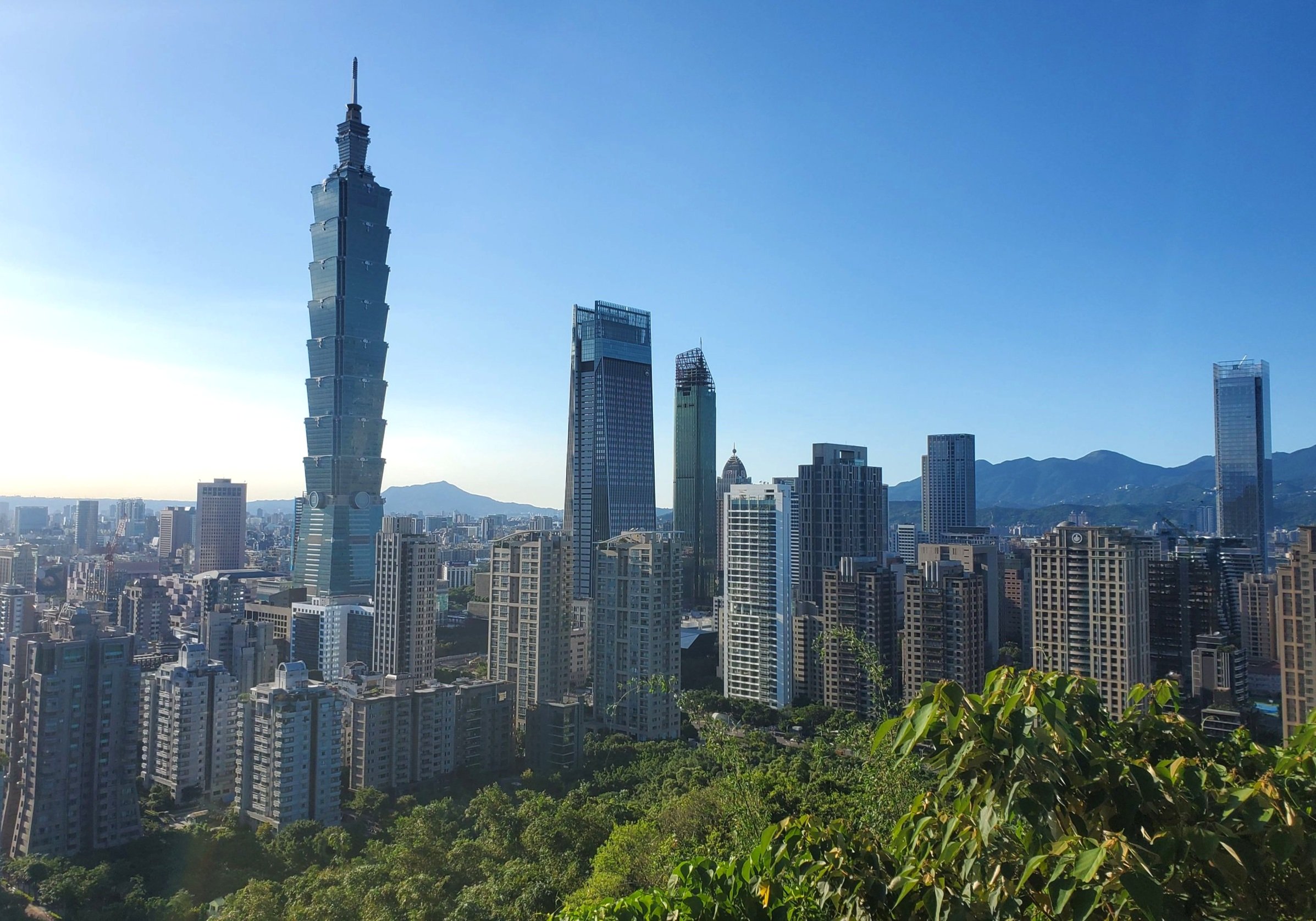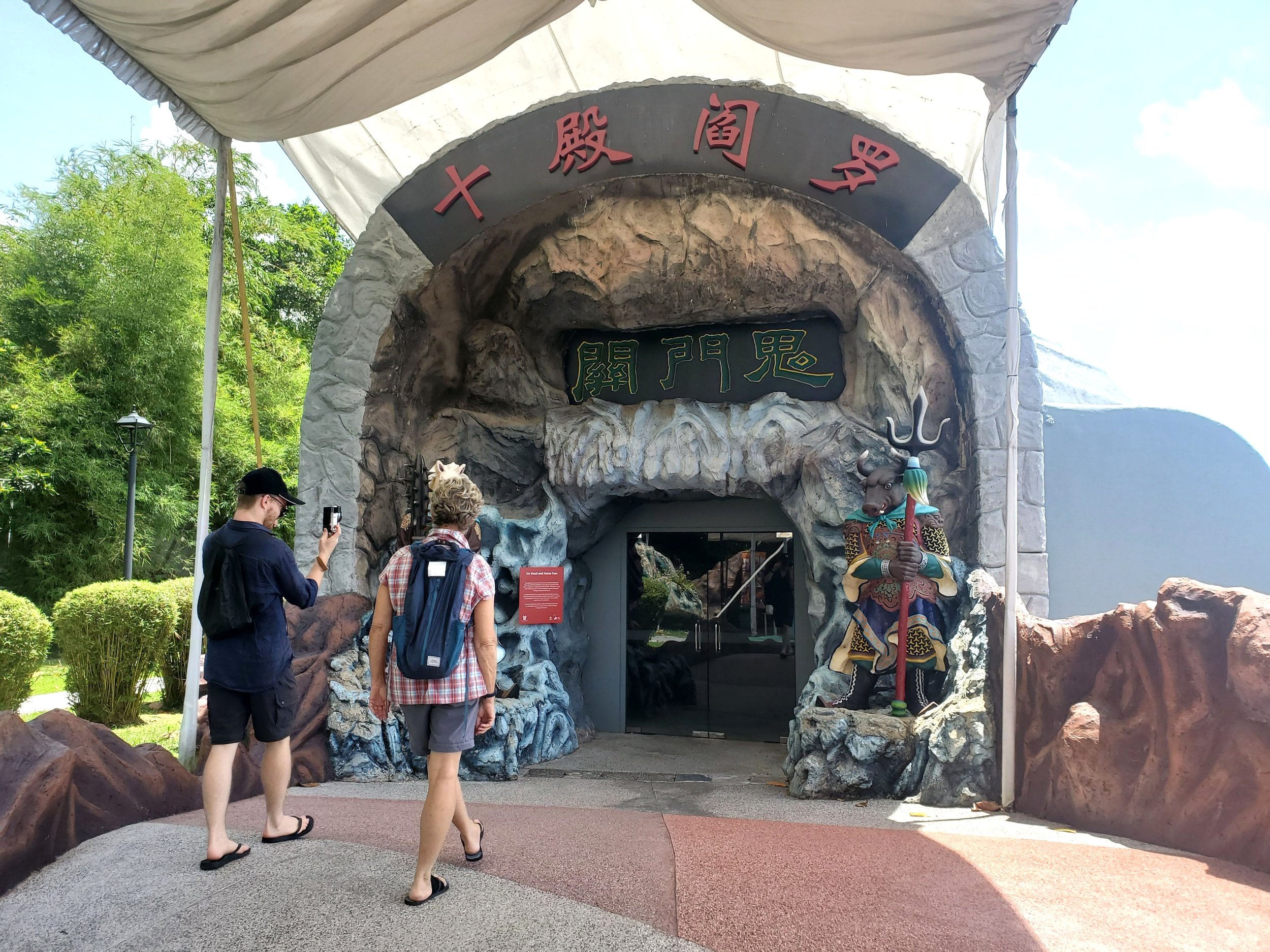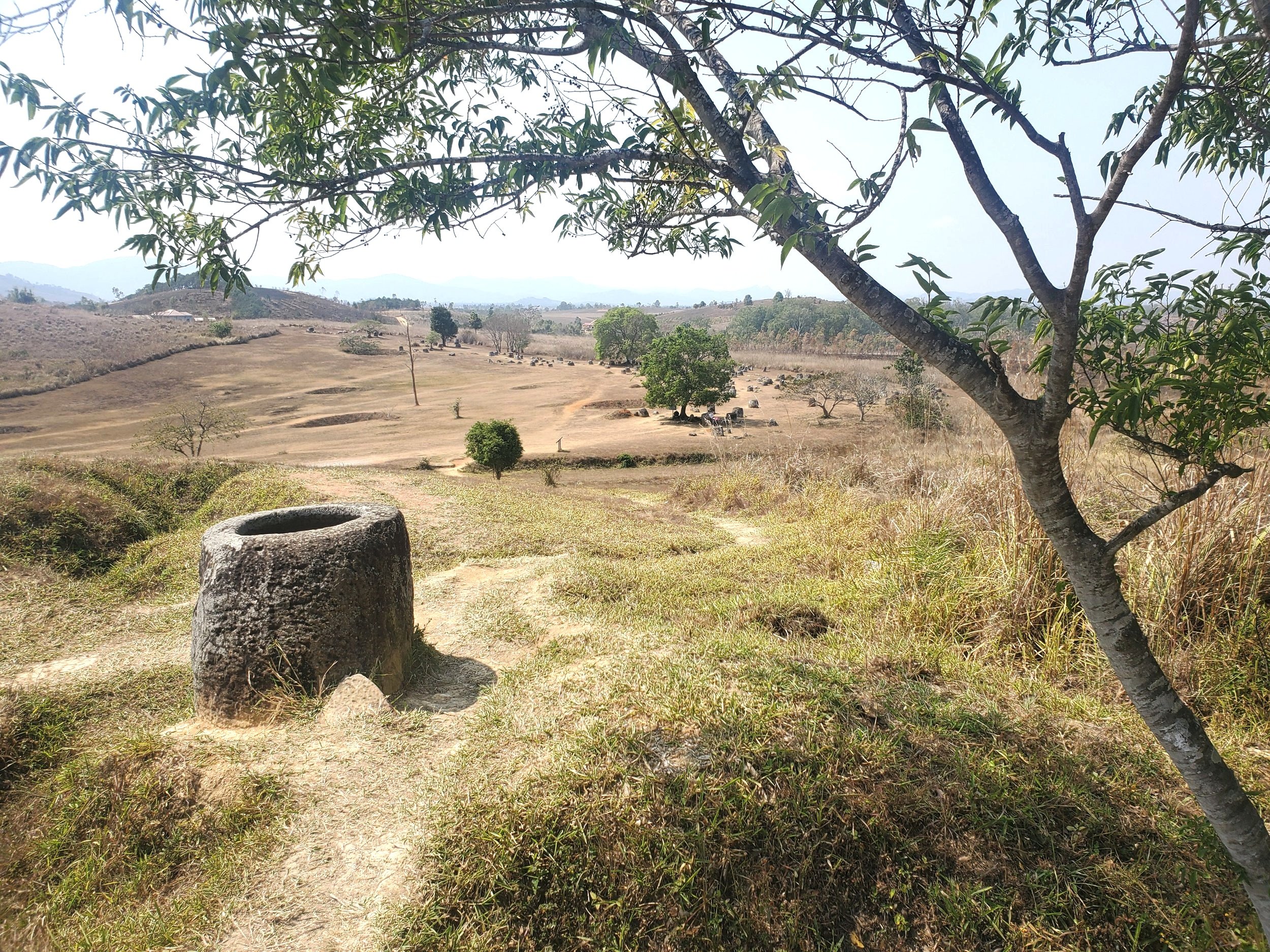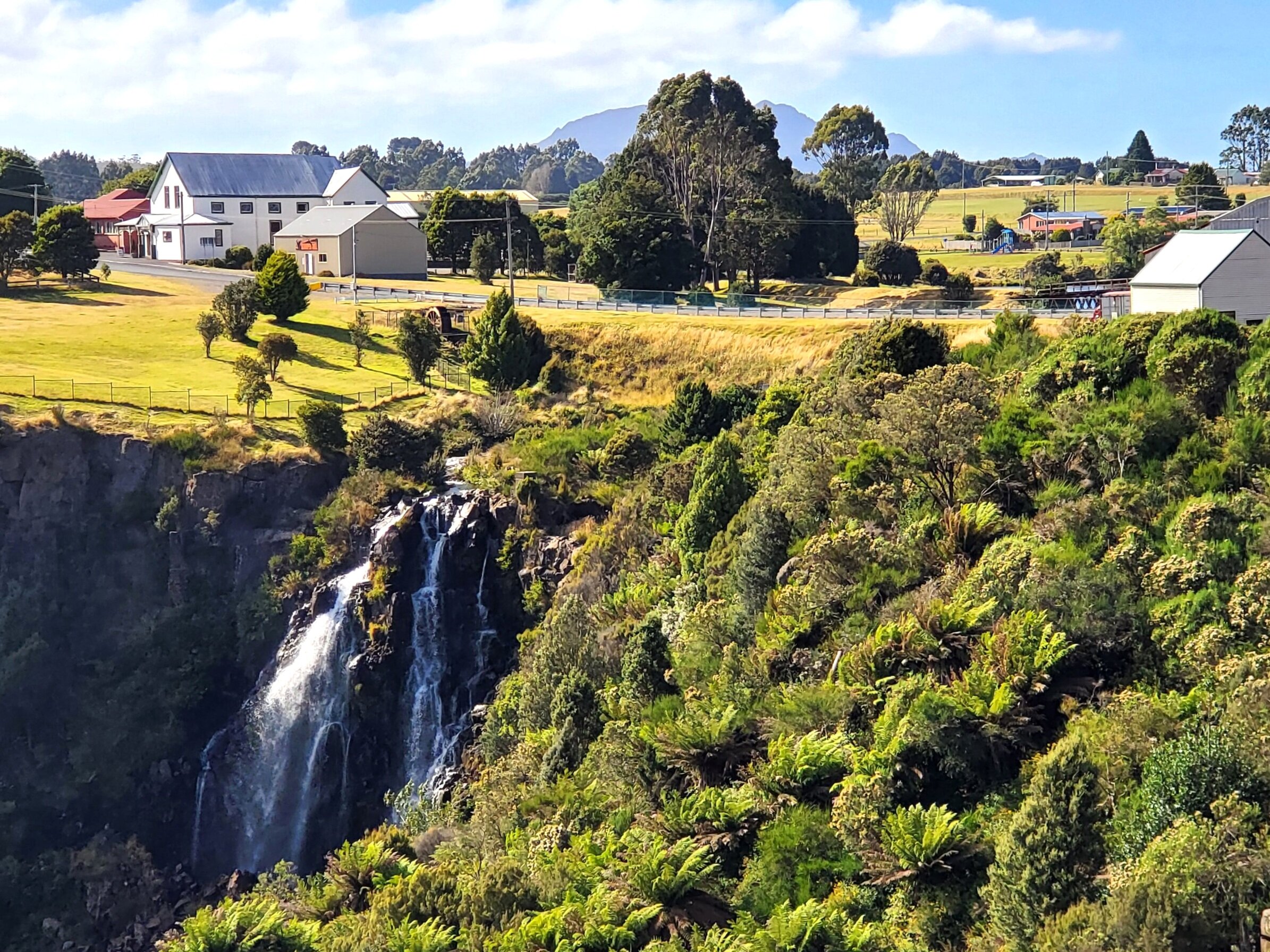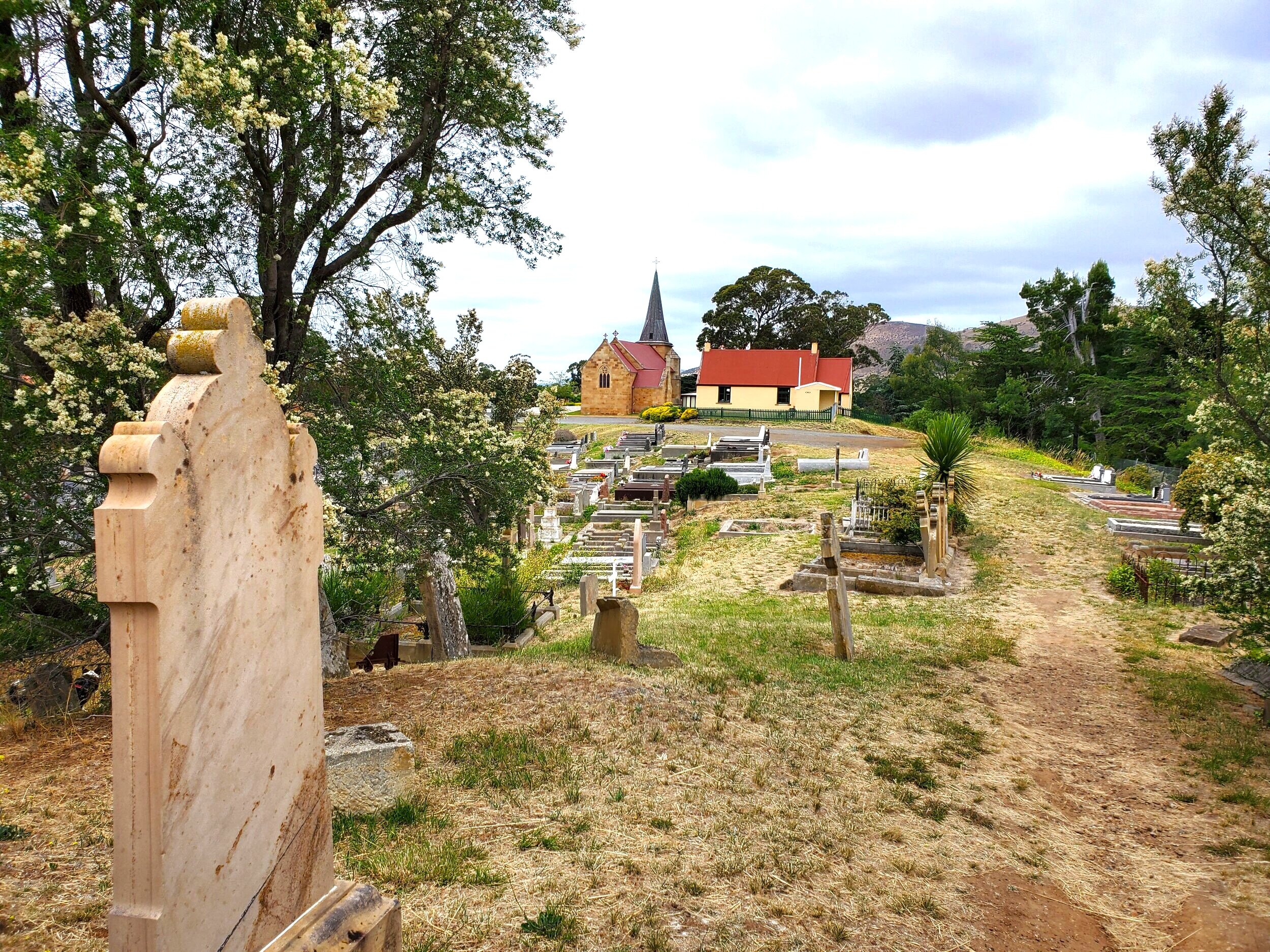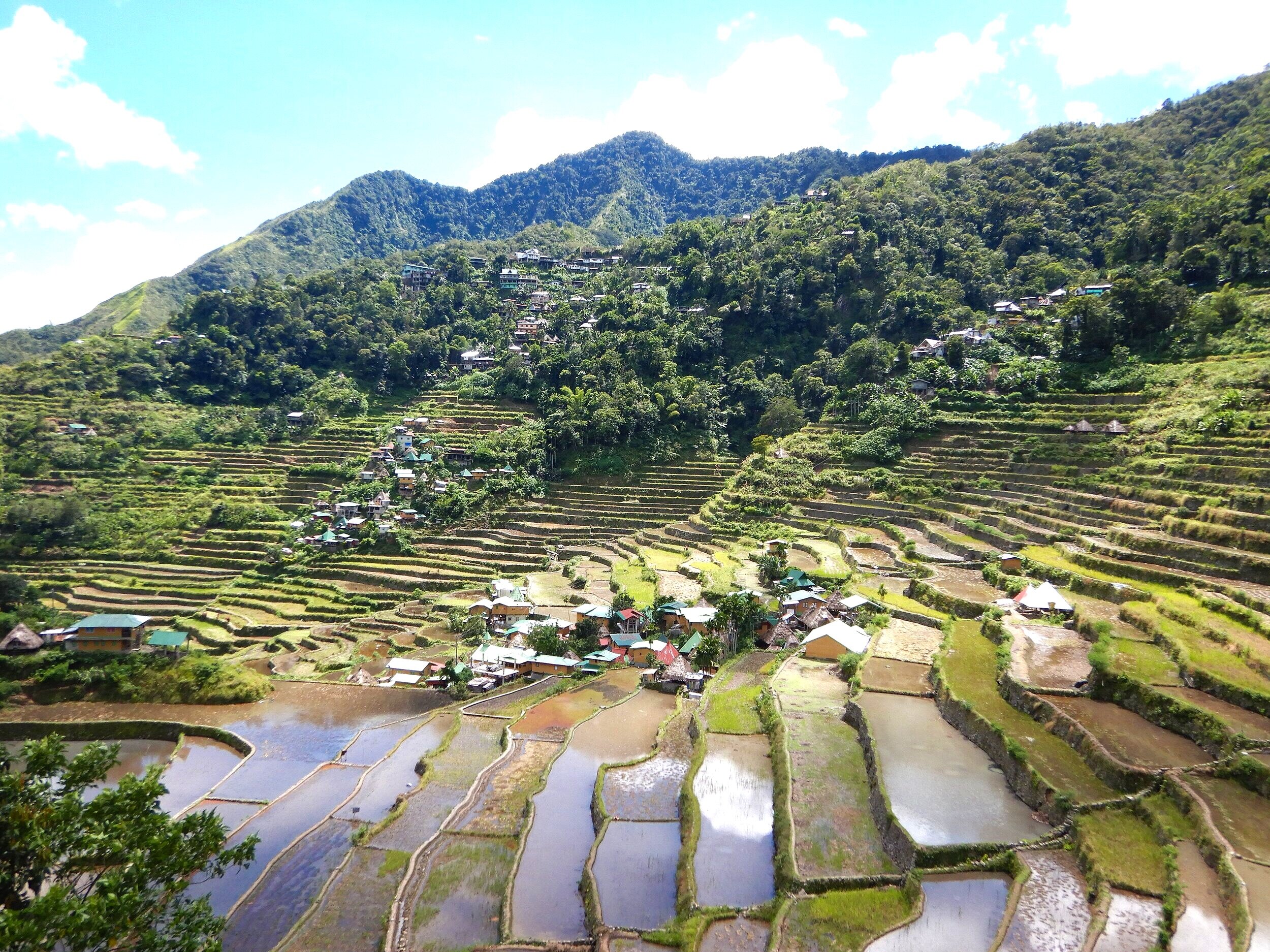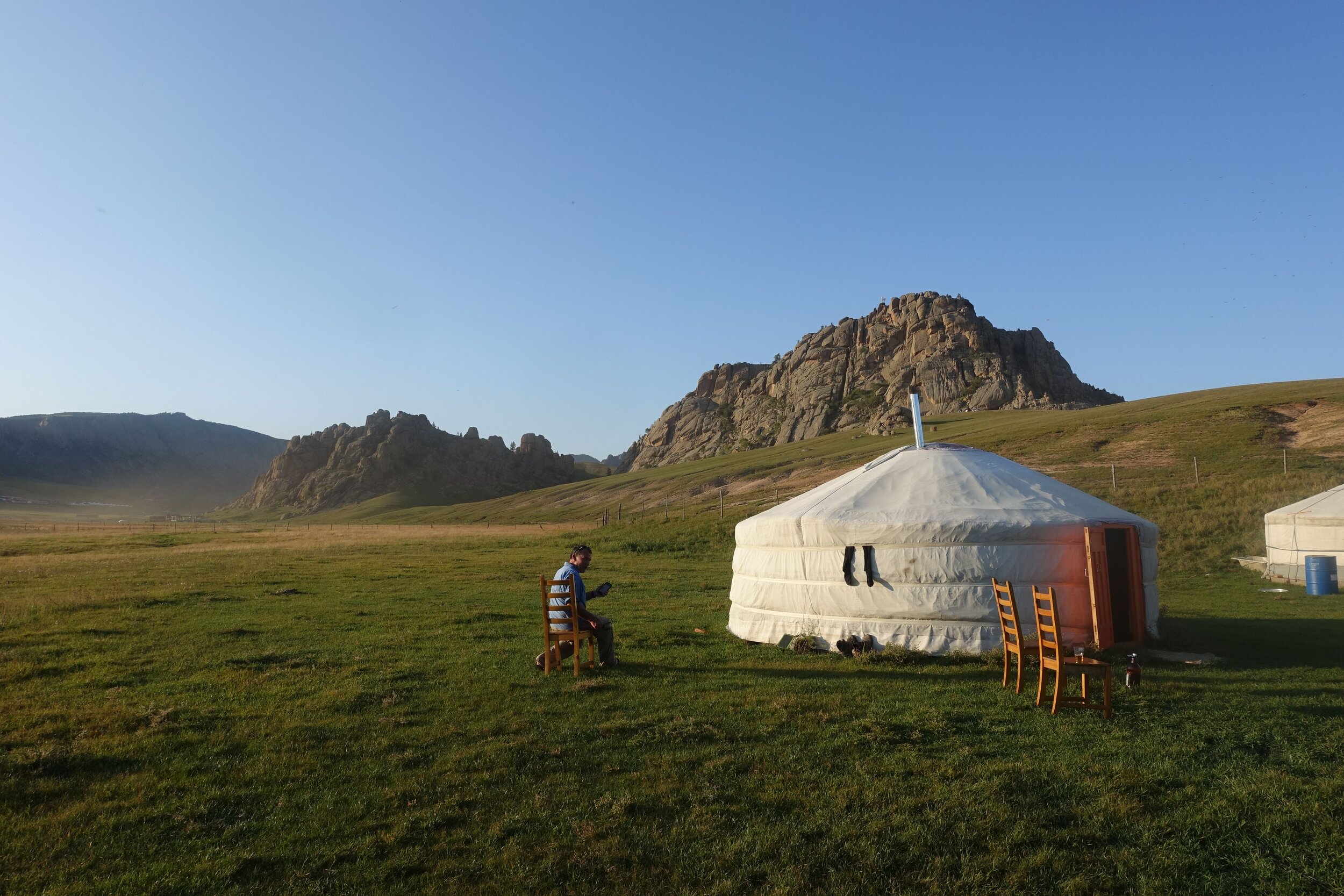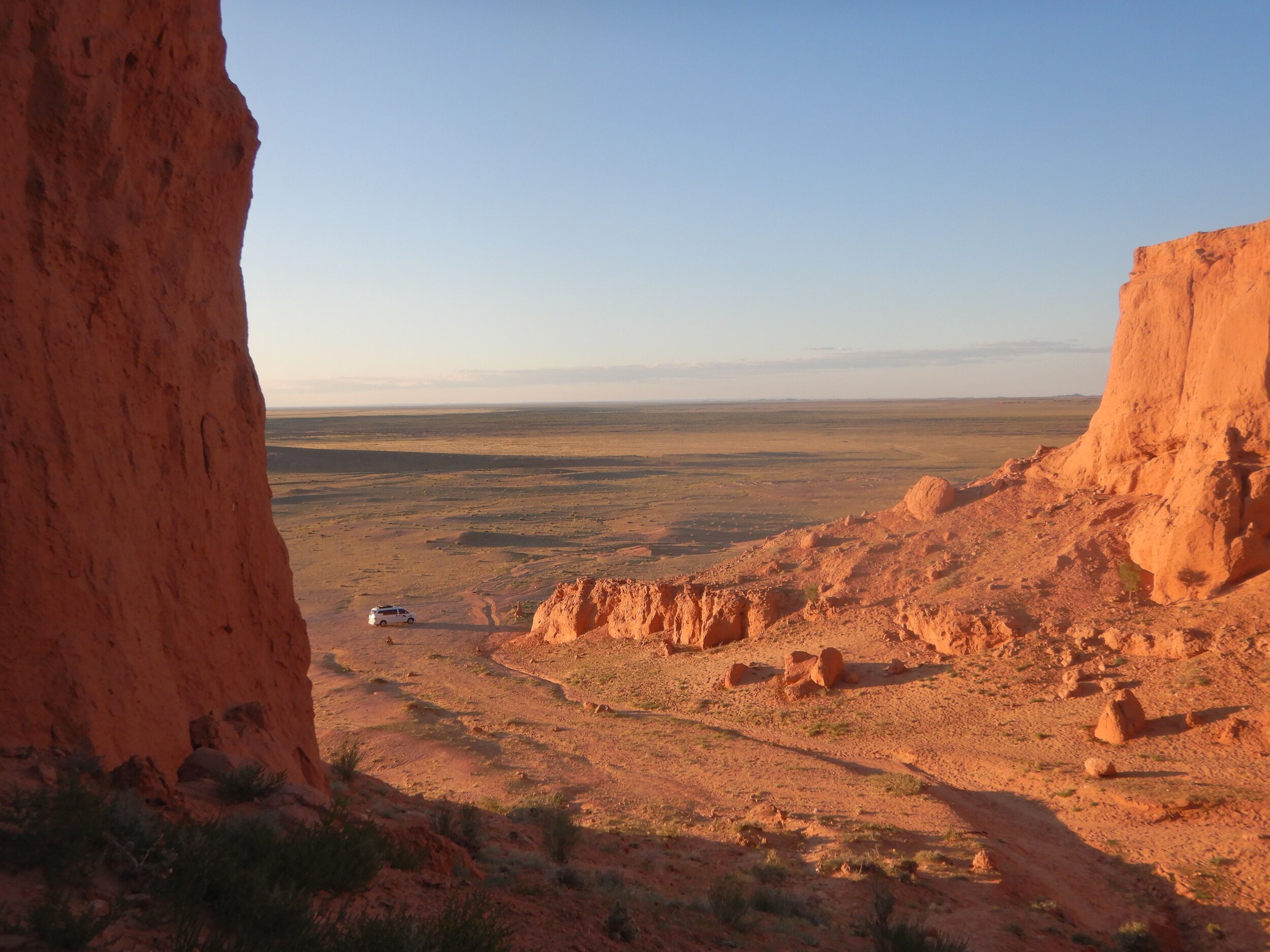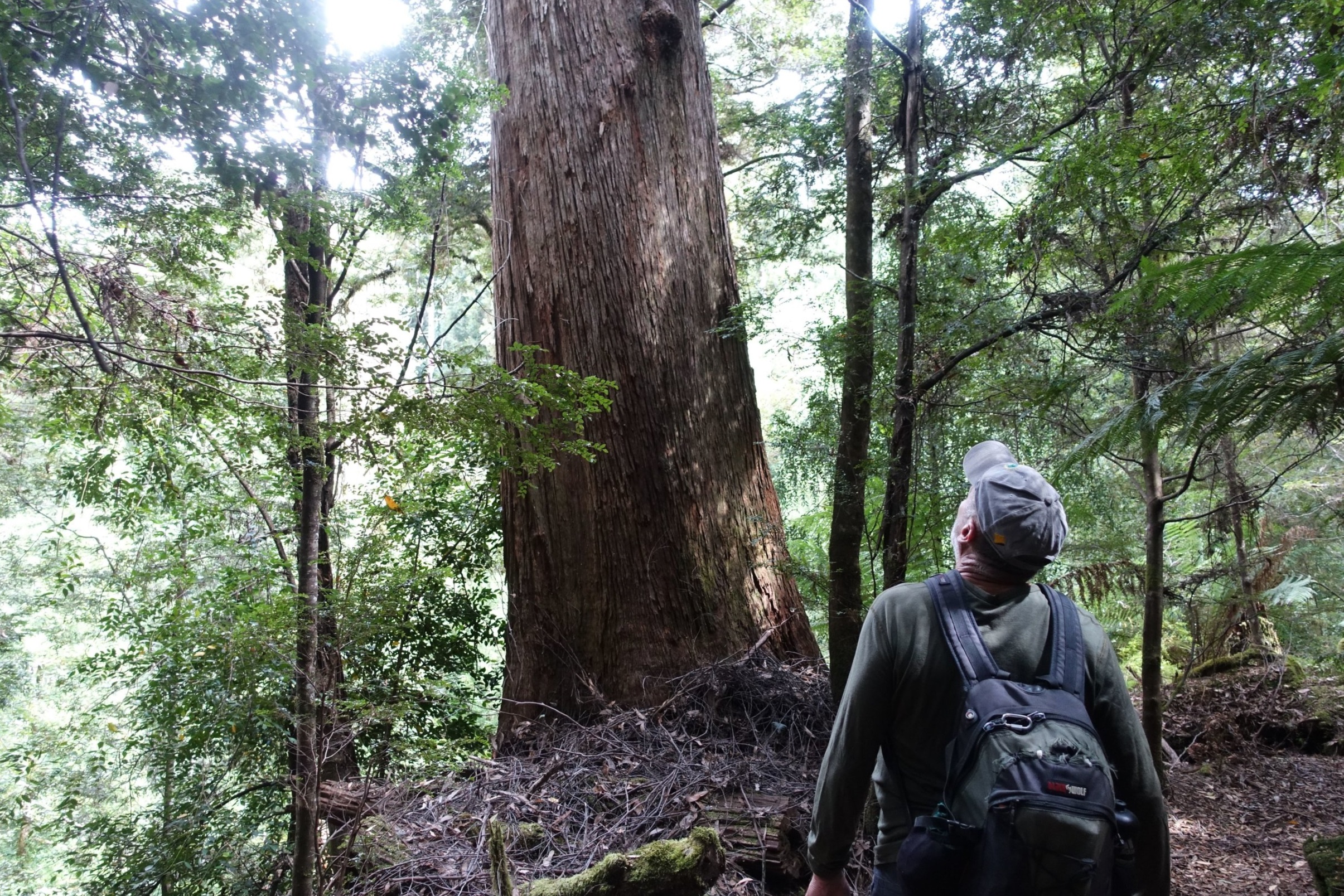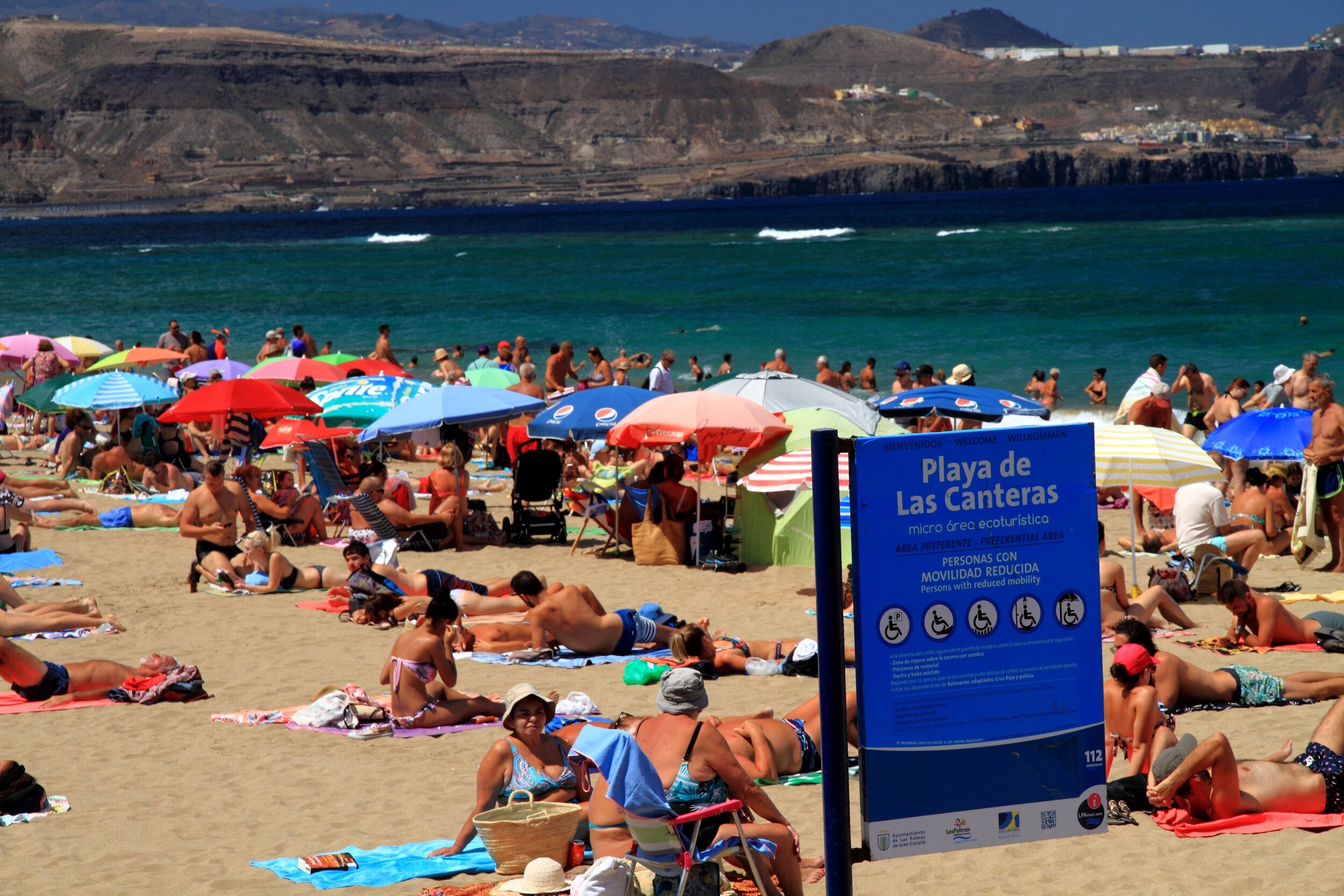Parque Nacional Manuel Antonio, Costa Rica
/Parque Nacional Manuel Antonio
I really wanted to see a sloth in the national parks in Costa Rica but gave myself a talking to about not getting my hopes up. They are hard to spot. Hey, they live high up in the trees, they are immobile a lot of the time and to top it off, they are often green from the algae growing on their fur. Rolling sloths gather no algae.
The challenge of spotting a sloth was the prime reason we hired a guide for our visit to the Manuel Antonio National Park. We engaged one of the registered guides at the entrance rather than arrange to go with a tour from the nearby town of Quepos where we were staying. This was a good idea as it turned out. The tour groups were about 15 punters to one guide with one telescope (which all the guides carry).
lots of tourists when we first started to look for animals but they spread through the park as we progressed
We had a knowledgeable guide to ourselves and as long as we wanted to gaze at creatures through the telescope. We paid $US20 p.p for around 3 hours. The guides are amazing at seeing animals, birds, bats, lizards, insects and spiders . The telescope added an intimacy to the viewing. Eyelashes on a baby sloth - a pretty cool thing to see.
blending in well with his background
So, yes, hooray, we saw a mother two toed sloth and her baby early on in the walk. We never would have seen them but our guide did. And they were not stuffed ones stapled to the tree for the cynic in you.
We also saw two large male three toed sloths a little later on. They were moving quite quickly and were easier to spot but the telescope allowed us to see their coarse fur with algae and a crowd of moths that live on the sloth, close ups of the claws and their smiley faces.....on the sloths not the moths.
male three toed sloth
Further on we were shown cute little white striped bats, squirrel monkeys, white faced capuchin monkeys, coaties, raccoons, an iridescent rainbow cricket, spiders, a small nocturnal bird on its nest on the ground and leaf cutter ants cleaning up their nest after last night's deluge. Oh yes, and a boa constrictor sleeping in a coconut palm. Most of these we would have never been able to spot ourselves.
After our guide left us we explored for a further eight kms on the clear trails. Walking quietly we saw two agouti, shy long legged guinea pig type animals, plus a troop of squirrel monkeys leaping and dropping terrifying distances through the trees. Some very loud people passed us calling to each other 'Where are the animals, do ya see any animals? ' Well duh. We hurried away from them.
if you're quiet you might even see an agouti
Then the rare sight, close up and very personal. A three toed female sloth at the base of a tree. Their metabolism is so slow that sloths only poo each eight days to a month and this is the only time they leave the tree tops. We stayed still and silent so as not to disturb her. No, I am not odd, it was a privilege to see a sloth taking a crap.
female sloth on a rare visit to the ground
It was a hot day, and even though many of the trails were shaded by the forest we were pleased at the end of the walking and animal spotting to come to the beach. We finished with a much needed swim at Playa Espadilla Sur.
playa espadilla sur
It was then back to the park entrance and the short walk to the small township of Manuel Antonio where we caught the local bus back to Quepos. A great day out.
manuel Antonio has some spectacular coastal views
Some useful points :
Arrange a guide at the front of the park. It is cheaper and you will be able to ensure a small group.
Bring water to drink but food is prohibited and will be taken off you. This is to avoid the animals becoming scavengers or aggressive thieves.
Bring your swimmers, after your walk it is lovely to use the beaches in the park.
Wear runners if you plan to walk all the tracks. It is possible to get away with flip flops but if you are aiming for twelve kilometers of walking you may prefer shoes.
If you can, go out of peak season, during week days (except for Mondays when the park is closed, the monkeys have a day off) and start early in the morning when the animals are most active.
Park entry cost: $US20 p.p
Cally
white faced capuchin monkey

